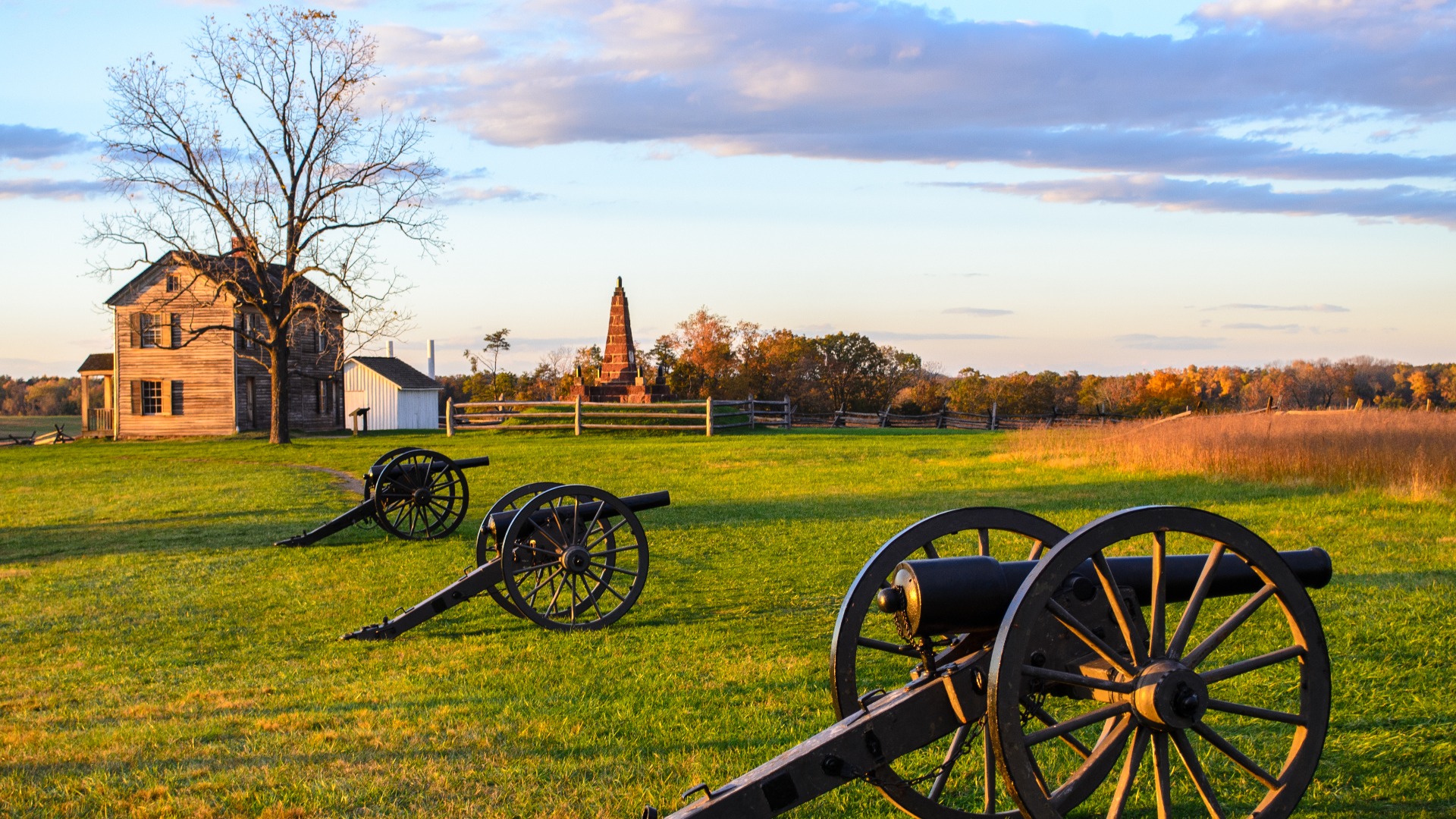Staying Safe: Essential Hearth Safety Tips for Prince William County Homes
As the cold months approach, residents of Prince William County, Virginia, are preparing to light up their hearths to keep their homes warm and cozy. However, it is essential to remember that fireplaces and chimneys are also the leading causes of house fires in the United States. Hence, proper fireplace and chimney maintenance is crucial to ensure the safety of your family and property.
One way to take care of your chimney and fireplace is by hiring the services of a reputable company, like A&T Chimney Sweeps fireplace, furnace, dryer vent, gutter cleaning and repair services in Prince William County VA. With their expert skills and knowledge, you can ensure that your hearth is safe and ready for use.
This article will provide some essential hearth safety tips to keep your Prince William County home safe.
1. Regular Maintenance and Cleaning
Regular cleaning of your fireplace and chimney is vital to their safe operation. Over time, soot, creosote, and other hazardous materials can build up inside your chimney, causing a dangerous fire hazard. Therefore, it is recommended to clean your chimney at least once a year, preferably before you start using it in the colder months.
2. Installation of Chimney Caps
Chimney caps are essential in preventing debris, rain, snow, and animals from entering your chimney. They also stop sparks from escaping and causing fires on your roof. If your chimney does not have a cap, it is advisable to have one installed to enhance your hearth’s safety.
3. Use of Seasoned Wood
The type of wood you burn in your fireplace can significantly affect its efficiency and safety. Seasoned wood, which has been dried for at least six months, burns cleaner and produces less creosote than fresh or green wood. The less creosote produced, the lower the risk of chimney fires.
4. Clear the Area Around the Fireplace
Ensure that the area around your fireplace is clear of flammable materials such as furniture, curtains, and decor. Keeping the area free from these items reduces the chance of a stray spark causing a fire in your home.
5. Install Smoke Alarms and Carbon Monoxide Detectors
Smoke alarms and carbon monoxide detectors are crucial in any home but are especially important if you have a fireplace. These devices provide an early warning system in case of a fire or carbon monoxide leak, allowing you time to evacuate your home safely.
6. Never Leave a Fire Unattended
Always ensure that the fire is completely extinguished before leaving the room or going to bed. Never leave a fire unattended. Doing so is a recipe for disaster, as fires can quickly get out of control if not carefully monitored.
7. Regular Chimney Inspections
Regular chimney inspections are necessary to identify any potential problems early. A professional chimney sweep can check for blockages, cracks, and other potential hazards that could lead to a chimney fire.
By following these essential hearth safety tips, you can enjoy your fireplace in Prince William County, Virginia, safely and responsibly.
FAQs:
Q1: How often should I clean my chimney?
A1: It is recommended to clean your chimney at least once a year, preferably before you start using it in the colder months.
Q2: Is it necessary to have a chimney cap?
A2: Yes, a chimney cap is essential in preventing debris, rain, snow, and animals from entering your chimney. It also stops sparks from escaping and causing fires on your roof.
Q3: What kind of wood should I use in my fireplace?
A3: It is recommended to use seasoned wood, which has been dried for at least six months. Seasoned wood burns cleaner and produces less creosote than fresh or green wood.
Q4: Can I leave the fire unattended in my fireplace?
A4: No, you should never leave a fire unattended. Always make sure the fire is completely extinguished before leaving the room or going to bed.
Q5: How often should I have my chimney inspected?
A5: It is advisable to have your chimney inspected at least once a year to identify any potential problems early. A professional chimney sweep can check for blockages, cracks, and other potential hazards.








